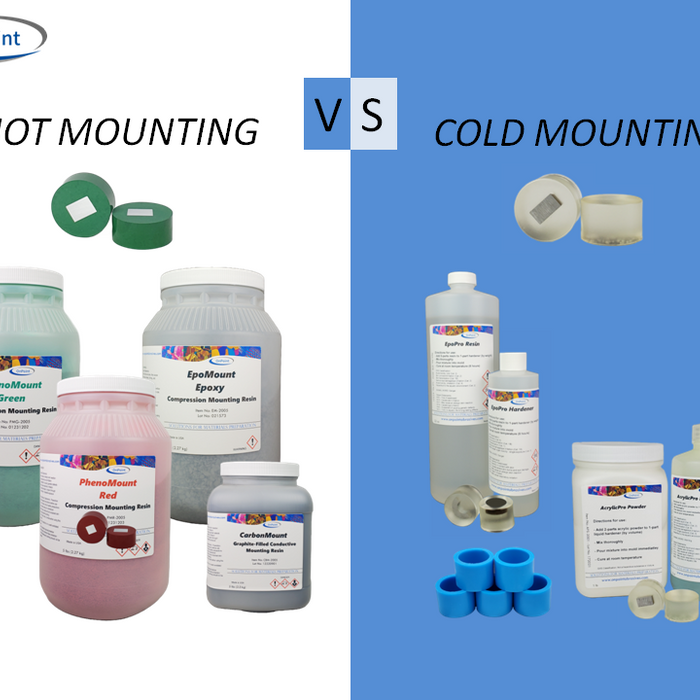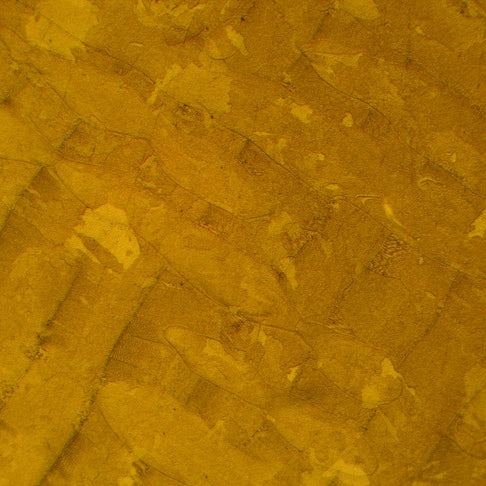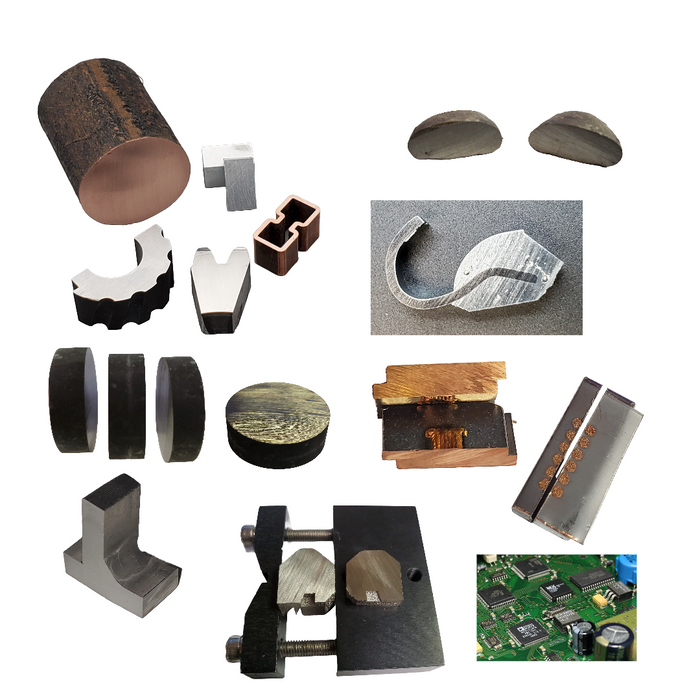
Chemical Mechanical Polishing (CMP) in Metallographic Analysis
The CMP process involves a specialized machine with a rotating platen covered with a polishing pad designed to interact effectively with the slurry and specimen surface. A chemical slurry containing fine abrasive particles is dispensed onto the polishing pad. The specimen is pressed against the pad with controlled downward force, while both the pad and the specimen rotate, ensuring uniform material removal and a highly polished finish







